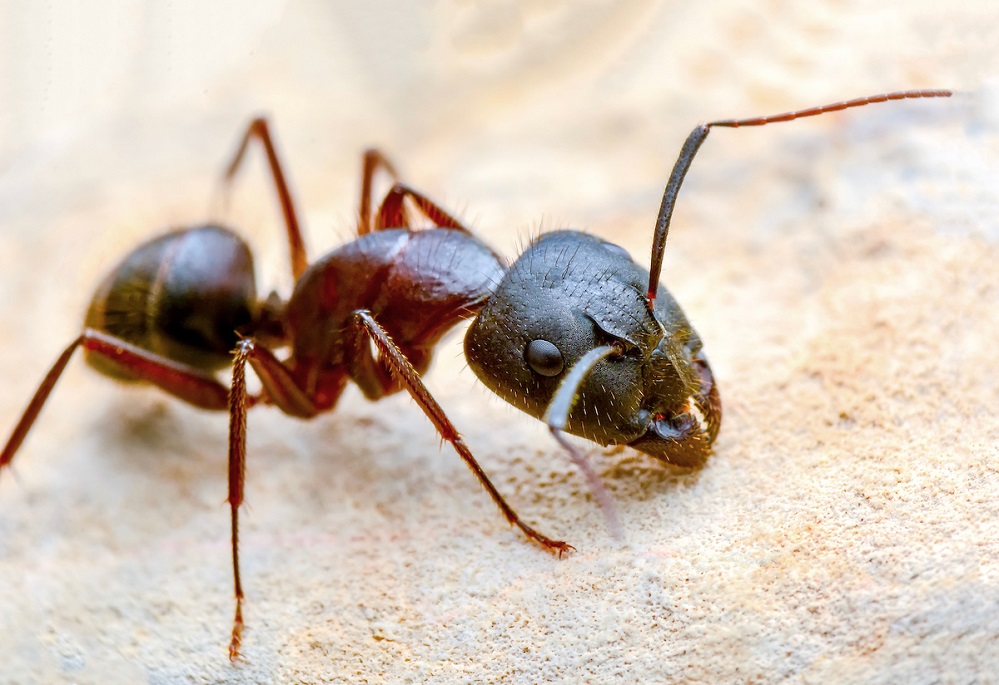July 5, 2024 – Fire ants, particularly the red imported fire ant (Solenopsis invicta), are a significant pest in Texas, causing damage to property, livestock, wildlife, and human health. The Texas A&M AgriLife Extension Service provides comprehensive guidelines for managing and controlling fire ant populations to mitigate their impact effectively. The Texas A&M AgriLife Extension recommends an Integrated Pest Management (IPM) strategy for controlling fire ants. This approach combines multiple methods to achieve long-term suppression while minimizing environmental impact. The IPM strategy includes the following steps:
Monitoring and Identification: Regular monitoring helps identify infested areas and assess the severity of the problem. Accurate identification of fire ant species is crucial for effective management, as different species may require different control methods. Cultural Practices: These practices involve modifying the environment to make it less favorable for fire ants. This can include maintaining healthy turf and vegetation, reducing moisture levels, and eliminating food sources. Proper landscape management can reduce the attractiveness of an area to fire ants. Biological Control: This method employs natural predators, pathogens, or competitors to reduce fire ant populations. Biological control agents, such as phorid flies (Pseudacteon spp.) and certain nematodes, target fire ants specifically and can help suppress their numbers over time. Chemical Control: Chemical treatments are a vital component of fire ant management. The Texas A&M AgriLife Extension outlines several chemical control options: Baits: Baits are slow-acting insecticides that worker ants carry back to the colony, eventually killing the queen and other members. Baits are effective for large areas and provide long-term control. Individual Mound Treatments: These treatments involve applying insecticides directly to fire ant mounds. While effective for immediate results, they may not provide long-term control as new mounds can emerge. Broadcast Treatments: This method involves spreading granular insecticides over a large area. It provides broad coverage and can reduce the overall fire ant population. Regulatory Measures**: Implementing regulatory measures can help prevent the spread of fire ants to un-infested areas. This includes quarantines and restrictions on the movement of soil, plants, and other materials that may harbor fire ants.
The Texas A&M AgriLife Extension emphasizes the importance of community involvement and education in fire ant management. Public awareness campaigns, workshops, and educational materials are essential to inform residents about fire ant biology, behavior, and control methods. By engaging the community, the extension service aims to promote coordinated efforts for more effective fire ant suppression. Fire ants pose a significant challenge in Texas, but the Texas A&M AgriLife Extension Service provides a robust framework for their management. By employing an Integrated Pest Management approach, emphasizing community involvement, and supporting ongoing research, Texas can achieve more effective and sustainable fire ant control. For more information on these or any other agricultural topic, please contact the Hopkins County Extension Office at 903-885-3443 or email me at [email protected].






